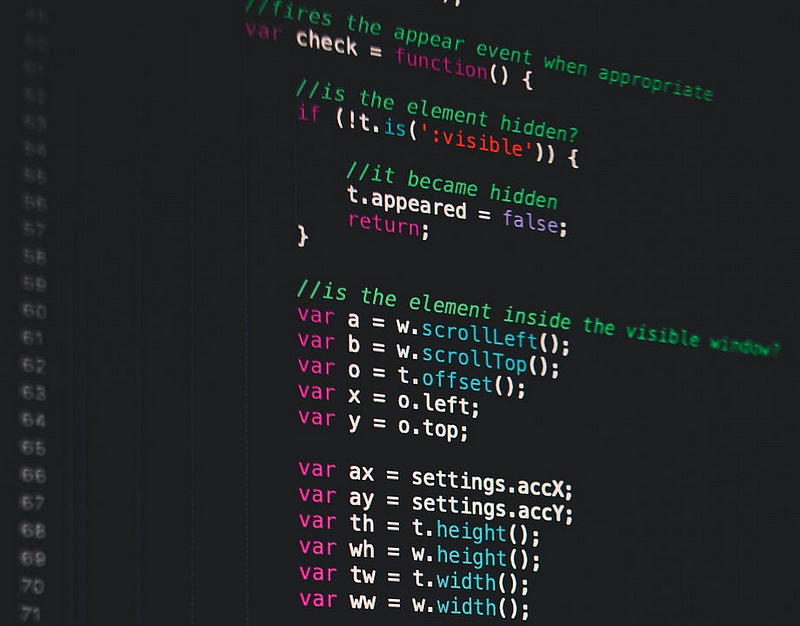Choosing Between Python and SQL for Data Analysis
Written on
Understanding the Roles of Python and SQL
When it comes to data analysis, both Python and SQL play essential but distinct roles. The decision on which one to use largely depends on the specific needs of your project. Below is a detailed overview of when each tool is most effective.

Photo by Vladislav Babienko on Unsplash
Python for Data Analysis
Data Cleaning and Preprocessing
Python boasts powerful libraries like pandas, NumPy, and scikit-learn that excel in tasks involving data cleaning, transformation, and preprocessing. These tools make it simple to manage missing values, filter data, reshape datasets, and perform manipulations.
Statistical Analysis
The language is equipped with comprehensive libraries for statistical analysis and hypothesis testing, such as SciPy and StatsModels, which provide a wide array of statistical functions.
Machine Learning
For any data analysis that requires machine learning, Python stands out as a top choice. Robust libraries like scikit-learn and TensorFlow facilitate the construction and deployment of machine learning models.
Custom Analysis and Visualization
Python allows for the creation of tailored data analysis workflows and visualizations using libraries like Matplotlib, Seaborn, and Plotly. This flexibility is particularly advantageous for personalized analytical needs.
Integration with Other Technologies
Python’s compatibility with various data storage solutions, web APIs, and big data frameworks such as Hadoop and Spark makes it ideal for complex data environments and distributed computing.

Photo by Markus Spiske on Unsplash
SQL for Data Analysis
Data Retrieval
SQL is purpose-built for querying and retrieving data from relational databases. When your data is stored in a structured database, SQL provides the most efficient means of extraction.
Data Transformation
SQL can execute fundamental data transformation tasks, such as aggregations, joins, and filtering, directly within the database, which is particularly useful for handling large datasets.
Data Summarization
SQL is adept at summarizing data using functions like GROUP BY and various aggregate functions (COUNT, SUM, AVG, etc.). It is frequently utilized for generating reports and dashboards.
Database Operations
Proficient management of relational databases, including tasks like table creation, index addition, and maintaining data integrity, is a critical function of SQL.

Photo by Rubaitul Azad on Unsplash
The Optimal Strategy
In practice, many data analysis projects leverage both Python and SQL. A typical workflow may look like this:
- Data Retrieval: Utilize SQL to extract data from databases, as they are optimized for this purpose.
- Data Cleaning and Preprocessing: Employ Python to clean and preprocess the data, managing missing values and transforming it as needed.
- Analysis and Modeling: Conduct statistical analysis, machine learning, and custom analyses in Python, using libraries like pandas and scikit-learn.
- Visualization: Generate data visualizations with Python libraries such as Matplotlib, Seaborn, or Plotly.
- Reporting: If necessary, use SQL for data summarization and Python for custom reporting and visualization.
In conclusion, the choice between Python and SQL is dictated by the specific requirements of your project, the nature of your data sources, and your level of expertise with each tool. Mastery of both Python and SQL is beneficial for any well-rounded data analyst.
This video provides an overview of how to effectively use SQL and Python together for data analytics, demonstrating their complementary roles.
This introductory video outlines the basics of Python for data analytics, perfect for those getting started with data analysis techniques.